Growing Geriatric Population
The aging population in the US is a significant factor contributing to the expansion of the digital x-rays market. As individuals age, they are more susceptible to various health issues that require diagnostic imaging. The US Census Bureau projects that by 2030, all baby boomers will be over 65, leading to a higher demand for healthcare services, including imaging. Digital x-rays offer a non-invasive and efficient method for diagnosing age-related conditions such as osteoporosis and arthritis. This demographic shift necessitates the availability of advanced imaging technologies, thereby driving the growth of the digital x-rays market. Healthcare providers are likely to prioritize investments in digital x-ray systems to cater to the needs of this growing population segment.
Cost-Effectiveness of Digital Imaging
The cost-effectiveness of digital imaging technologies is a compelling driver for the digital x-rays market. Compared to traditional film-based systems, digital x-rays reduce operational costs associated with film processing and storage. Additionally, the ability to quickly share and access digital images enhances workflow efficiency in healthcare settings. As healthcare facilities strive to optimize their budgets while maintaining high-quality care, the adoption of digital x-ray systems becomes increasingly attractive. The potential for reduced costs, combined with improved patient outcomes, positions digital x-rays as a favorable option for healthcare providers. This economic advantage is likely to stimulate further investment in digital x-ray technologies, thereby fostering growth in the digital x-rays market.
Rising Prevalence of Chronic Diseases
The increasing incidence of chronic diseases in the US is a pivotal driver for the digital x-rays market. Conditions such as cardiovascular diseases, diabetes, and respiratory disorders necessitate regular diagnostic imaging for effective management and treatment. According to the CDC, chronic diseases account for 7 out of 10 deaths annually in the US, highlighting the urgent need for advanced diagnostic tools. Digital x-rays provide rapid and accurate imaging, facilitating timely interventions. As healthcare providers seek efficient solutions to manage these conditions, the demand for digital x-rays is expected to rise. This trend indicates a growing reliance on digital imaging technologies, which are essential for early detection and monitoring of chronic diseases, thereby propelling the digital x-rays market forward.
Technological Integration in Healthcare
The integration of advanced technologies in healthcare systems is significantly influencing the digital x-rays market. Innovations such as artificial intelligence (AI) and machine learning are enhancing the capabilities of digital x-ray systems, allowing for improved image analysis and interpretation. These technologies can potentially reduce diagnostic errors and increase the efficiency of radiology departments. Furthermore, the adoption of telemedicine is driving the need for remote diagnostic solutions, including digital x-rays. As healthcare facilities increasingly invest in these technologies, the digital x-rays market is likely to experience substantial growth. The ability to provide high-quality imaging remotely aligns with the evolving landscape of healthcare delivery, making digital x-rays an essential component of modern medical practice.
Increased Focus on Preventive Healthcare
The shift towards preventive healthcare is reshaping the landscape of the digital x-rays market. With an emphasis on early detection and prevention of diseases, healthcare providers are increasingly utilizing diagnostic imaging as a proactive measure. Digital x-rays play a crucial role in screening and monitoring various health conditions, enabling timely interventions. The US healthcare system is witnessing a transformation, with policies and initiatives aimed at promoting preventive care. This trend is likely to drive the demand for digital x-rays, as they provide quick and accurate imaging solutions. As patients and providers alike recognize the value of preventive measures, the digital x-rays market is expected to benefit from this growing focus on health maintenance and disease prevention.


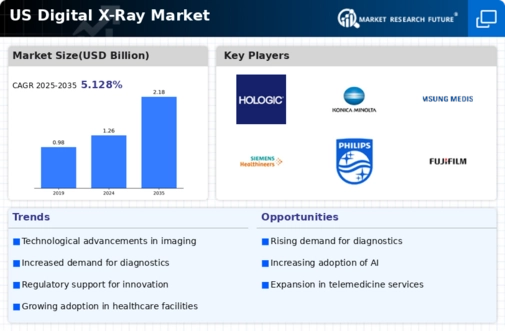

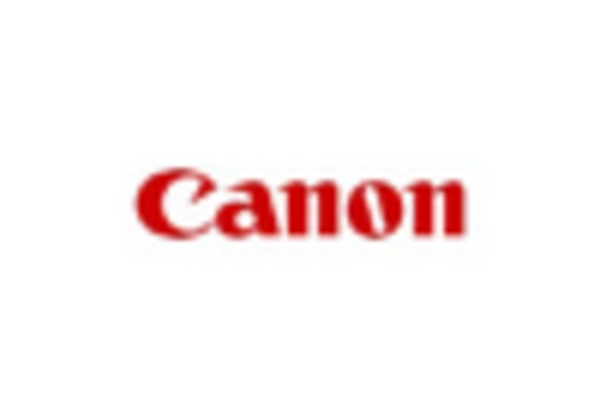
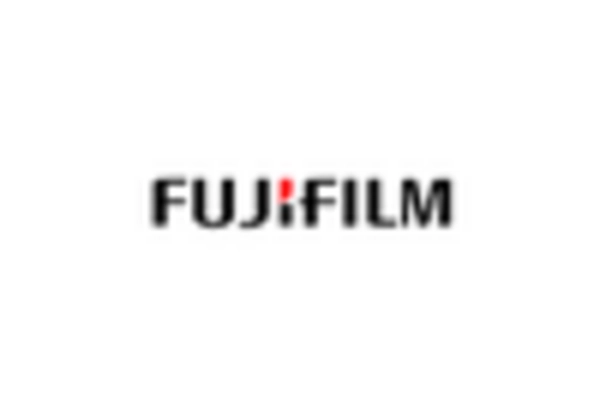
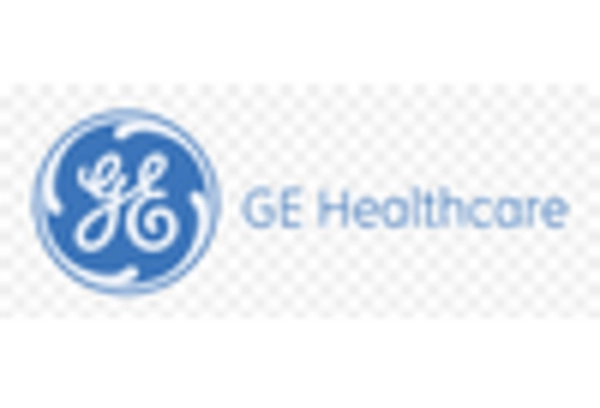
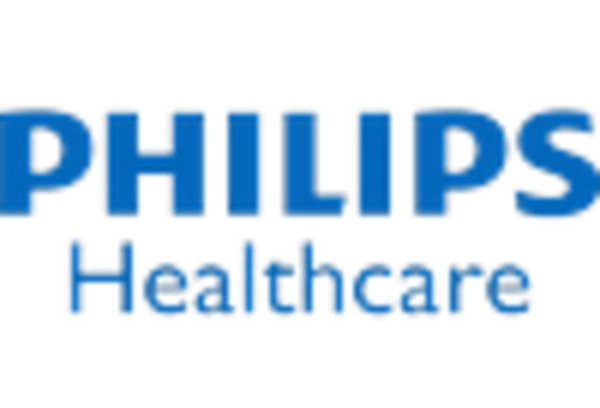
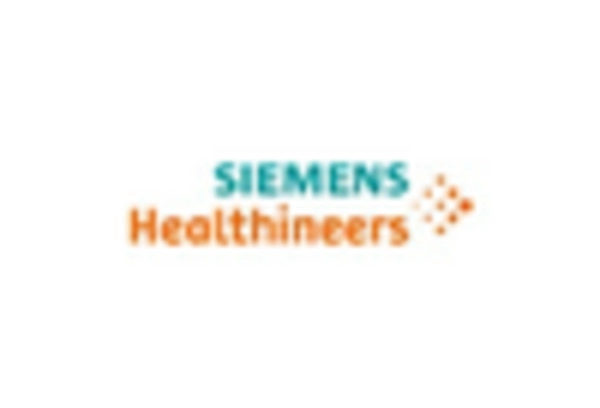








Leave a Comment